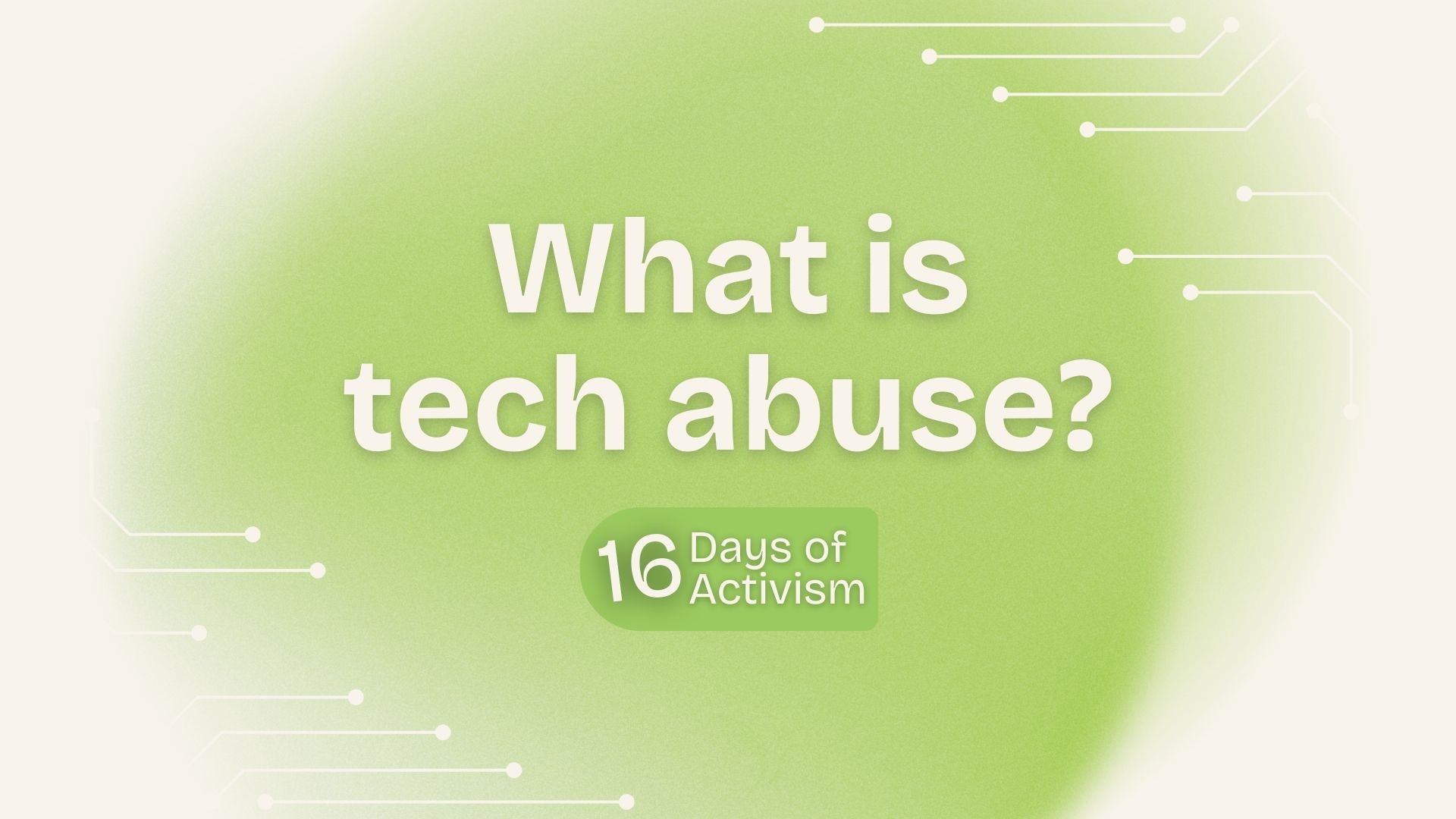Special Place in the Home

Welcome back! I really hoped you enjoyed yesterdays blog and found the emotion wheel useful. It is something the Children’s Team use daily in their work with parents and they seem to really like it – last week one of our parents said that identifying how she is feeling at the start of the day helped her to cope with the rest of the day. She said
‘If I feel worried or anxious in the mornings I know that I need to take extra care of myself during the day’.
We love this! And so true!
I hope you managed to find time to talk to your child about Covid-19. It’s really important that we talk openly with our children and use age-appropriate props to help us do this safely. It’s also really important to know that THIS WON’T LAST FOREVER – it will pass, and we will do fun things outside with our friends again.

So, you survived Monday! Well done.
One of the things that I am really missing is seeing my friends and family – we know that ‘being connected’ is really important for our mental health and emotional wellbeing. Having close positive relationships gives us a purpose and a sense of belonging. During this lockdown many of the ways we are usually connected to people – friends, family, work colleagues, school chums – have changed beyond all recognition.
As adults, we can make sense of it to a certain extent – but our children will find it harder to understand. They cannot play with their friends, or celebrate their birthday as they would like to or play in a football match, and this is upsetting.
So today, I am going to show you a great exercise that is used regularly by the Children’s Team to help you child when they do get upset or feel overwhelmed. We can’t change the fact that we’re going to be stuck indoors for a while so this exercise will help create a sense of safety in your home when things feel tough for your child.
Ask your child to think about their special place in the home.
- Do they have a room of their own or a favourite space in the house?
- Do they like to be in the garden if the weather’s ok, or the garden shed?
- Get them to tell you why they like it and if it makes them feel safe – is it because it’s private or with people?
- Do they like it to feel closed in? Dark or light?
- Do they like their toys in there or things to cuddle?
- Is it sunny and warm?
- Do they like to have their snacks in there?

If your child doesn’t identify anywhere, ask them if they would like to make a special safe space – this is something you can create together and talk about why it is safe.
Then have a conversation with you child about how you can keep it safe and what it means if your child goes there during the day.
Think about your own space too – it might be your bedroom, the bath, a spot in the garden – anywhere where you feel you can have some peace surrounded by objects you like and things that bring you comfort.
Talk to your child about why this space is important to each of you – do you want to be alone? Does this mean your child needs a cuddle and reassurance?
Our practitioners love this exercise – they encourage children to then create that safe space in their mind and go to this place when they feel they need to feel safe. This really helps those children who may be spending some time with both parents – it’s something that stays with them all the time and they can use wherever they are.
Give it a go…! I taught this to my children some time ago when they were having friendship issues in school and all they wanted to do was run home – they found if they went to their safe space in their mind to get ‘grounded’ again, they could manage with the rest of their day – now, as young adults, they still use this technique
So just before I sign off for today, I wanted to mention meditation. Have you tried it? Some schools are using guided meditation with their young learners as a calm down technique – it’s also really beneficial for adults too and is something I encourage the Children’s Team to do themselves every day. I know life is busy and to do lists seem endless, but while we have some time on our hands – give it a go….

You could do the meditation with your child in their safe space. Here’s a link to Rainbow Waterfall Peaceout – great stuff!
These exercises can really help when your child becomes overwhelmed and you seem at a loss as to how to help them – if you create the safe space while your child is calm and you both feel ‘connected’ you will have a ‘go to’ strategy for when calm and connection goes out of the window – which is does! But is WILL return. Good luck.
Tomorrow we are going to talk through our fight, flight, freeze response but in the meantime here are some other activities to help keep you connected to your child:-
- Play hide and seek
- Paint each other’s faces
- Play catch (this is really good for calming)
- Do a puzzle
- Give your child a piggy back
Have a great day.
Share Your Story With Us
Have we worked with or alongside you? Be among other survivors who have shared their valued and powerful stories
.png)



.png)